Green beans are a favorite among home gardeners because they’re quick to mature, highly productive, and versatile in the kitchen. Whether you enjoy them fresh, sautéed, pickled, or frozen, green beans can provide plentiful harvests from a relatively small space. Another bonus is that beans enrich the soil with nitrogen, making them a valuable crop for rotation.
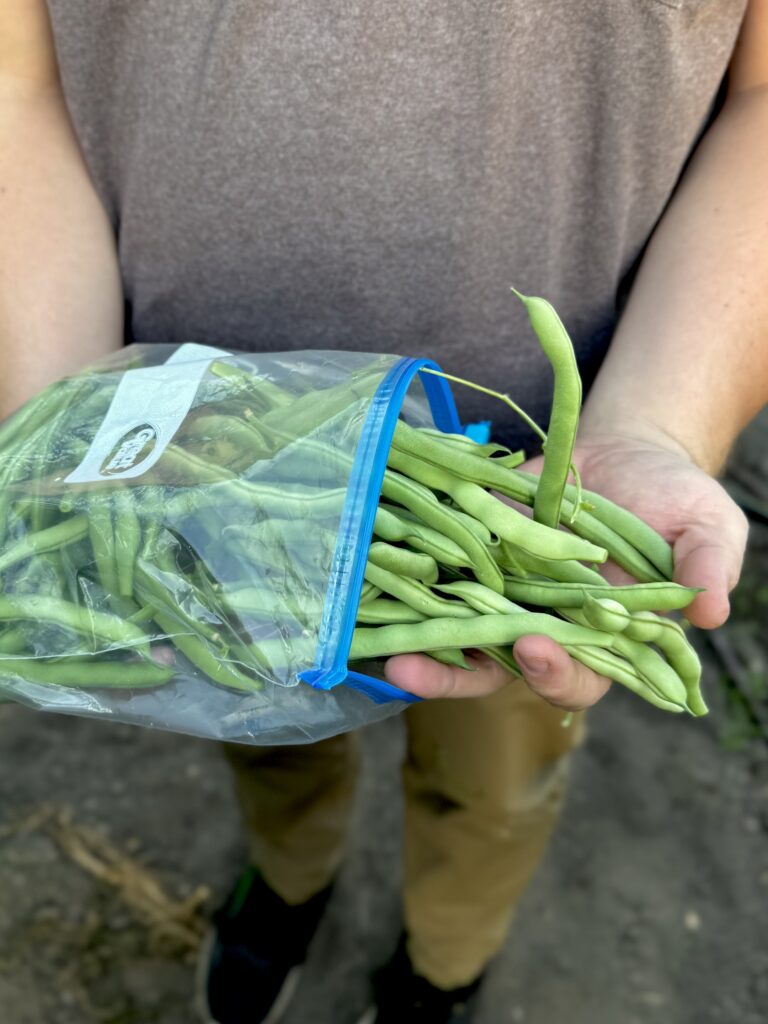
5 Tips for Growing Green Beans:
1. Plant in Warm Soil
Green beans prefer warm conditions. Wait until soil temperatures are at least 60°F before planting. Seeds planted too early may rot or emerge weakly.
2. Provide Full Sun
Plants need 6–8 hours of direct sunlight daily. Without enough light, beans often appear pale or yellow and yields are reduced.
3. Avoid Excess Nitrogen
Beans naturally fix their own nitrogen, so too much fertilizer can result in leafy growth but fewer pods. If fertilizing, choose a balanced or low-nitrogen option.
4. Maintain Even Moisture
Deep watering once or twice a week is better than frequent shallow watering. Mulch helps retain soil moisture and keeps roots cool. Avoid soggy conditions that lead to root problems.
5. Support Pole Beans with a Trellis
Bush beans usually don’t need support, but pole varieties thrive on a strong trellis, which improves airflow, pod quality, and ease of harvest.
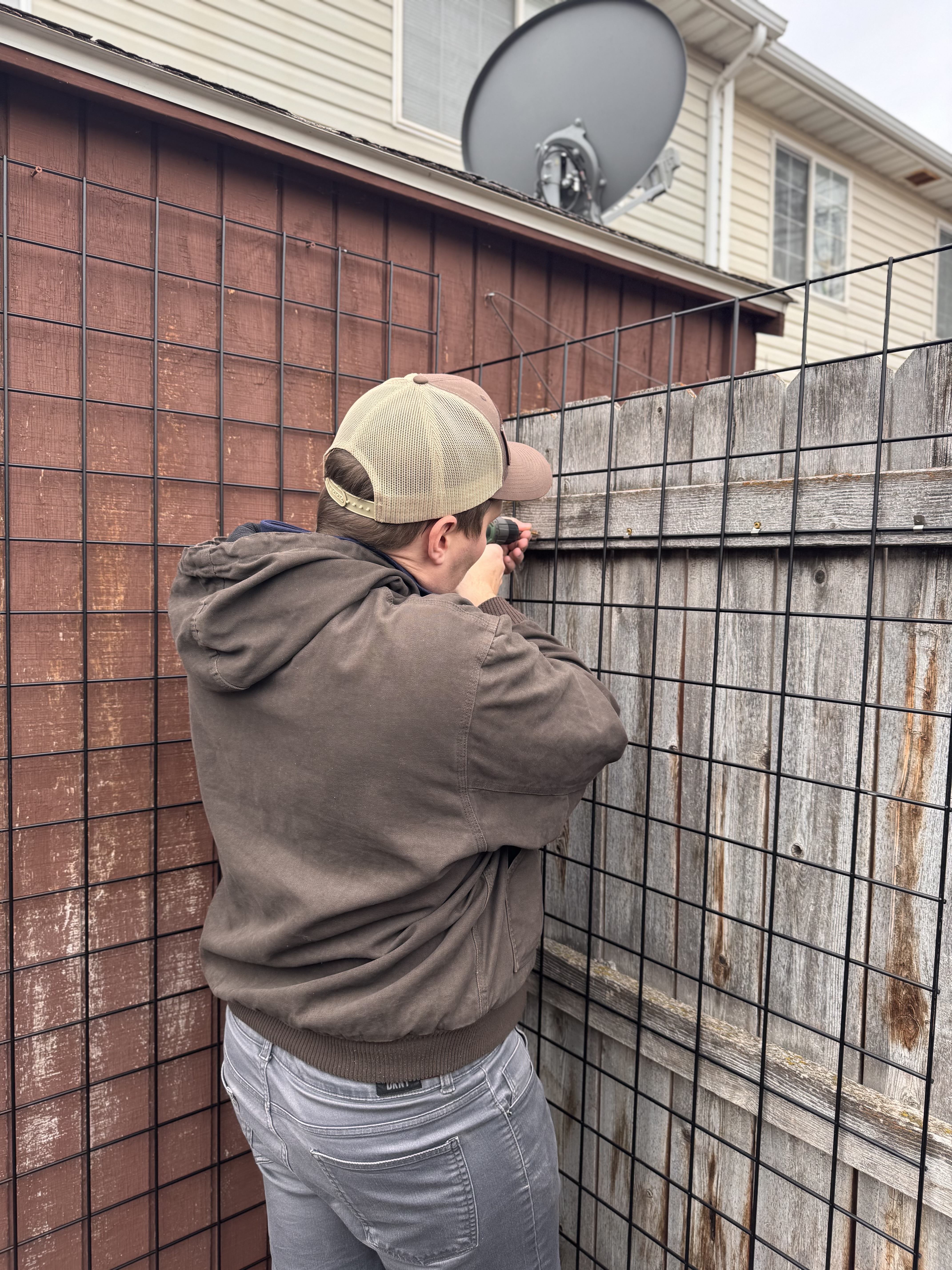
Why Cattle Panel Fencing Works Well
Cattle panel fencing is one of the most effective and durable trellis options for pole beans. The sturdy wire panels easily support the weight of mature vines, and their wide openings make it simple to weave tendrils through and harvest beans later.
Unlike string trellises, cattle panels won’t sag or collapse, and they can be reused year after year.
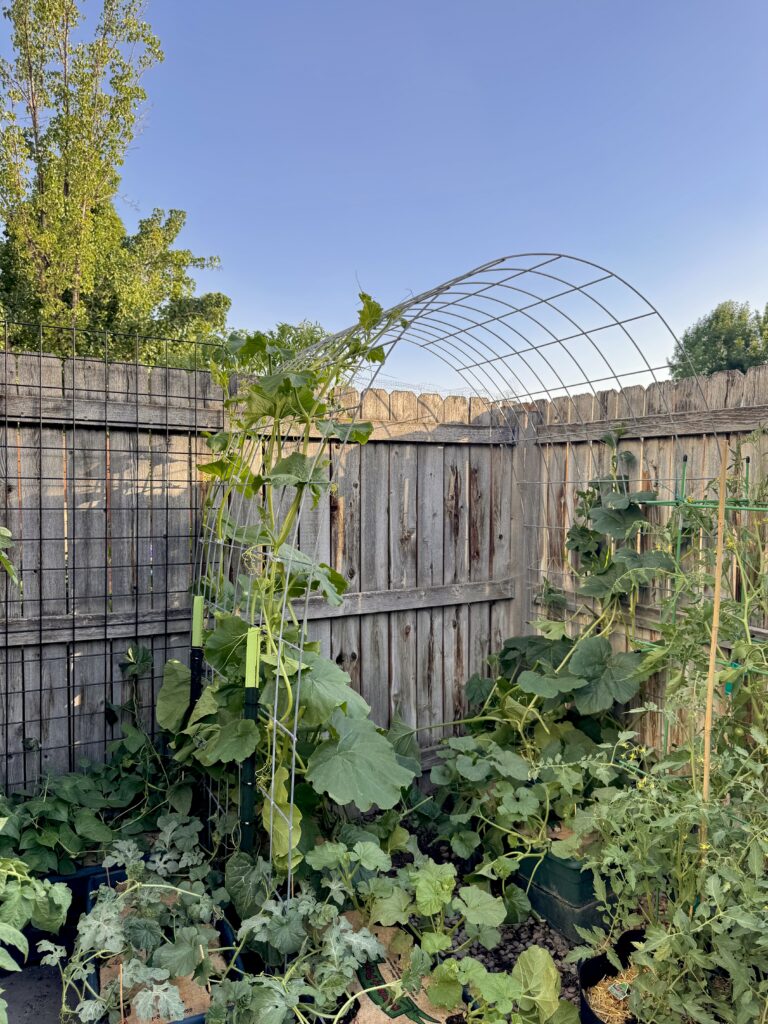
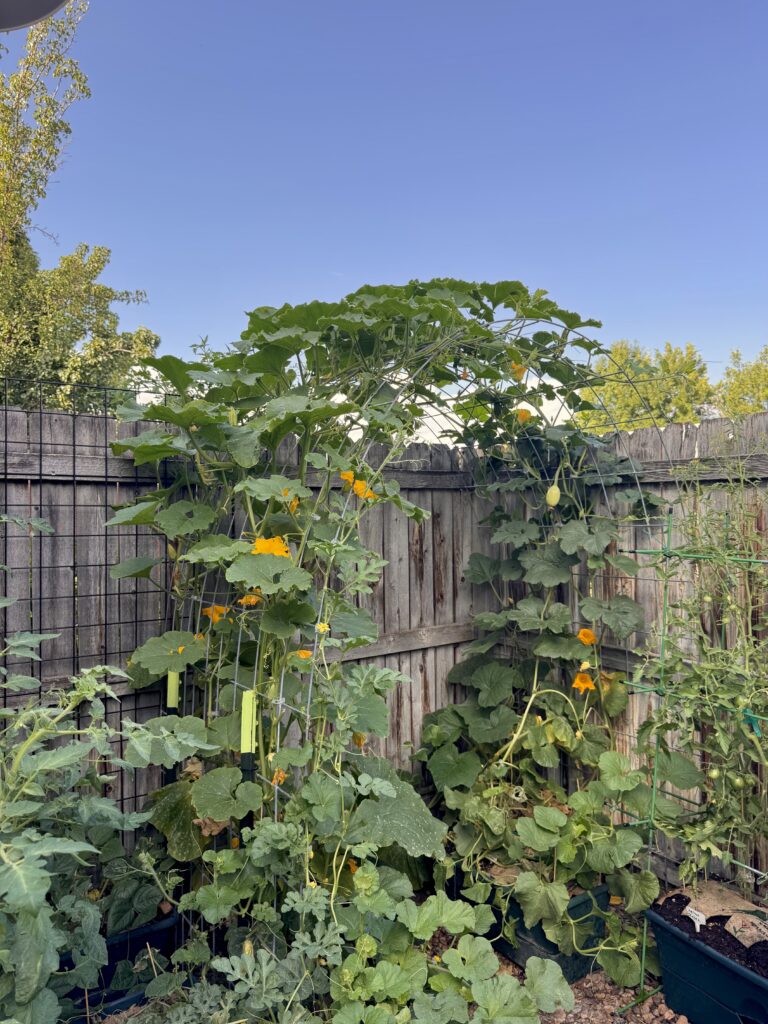
Here’s a link to my blog post where I dive into how I made this trellis.
Harvest Expectations and Planting Schedule
- Yields: Bush beans typically produce around ½ pound per plant, while pole beans can yield 1 pound or more since they produce over a longer period.
- Succession Planting: Sow new seeds every 2–3 weeks until midsummer for continuous harvests throughout the growing season.
- Best Harvest Practices: Pick pods when they’re still slender, smooth, and firm, before seeds bulge. Harvest regularly to encourage plants to keep producing. Use two hands when picking to avoid breaking vines.
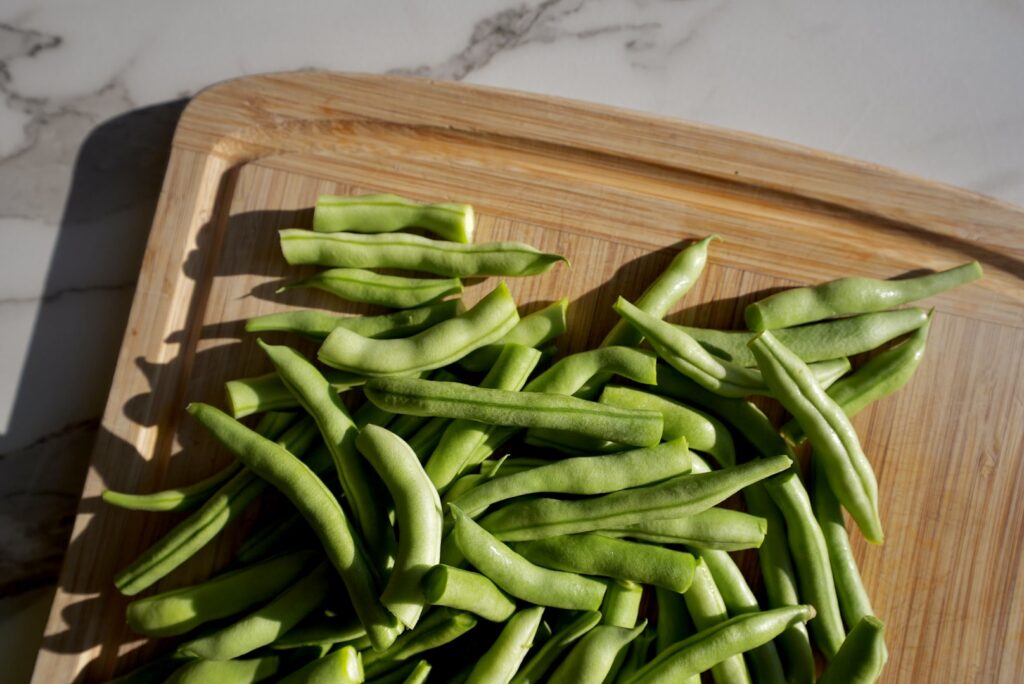
Thanks for reading along, guys!
If you enjoyed this blog post, be sure to check out my other gardening blog posts:
- How to Start a Garden on a Budget for Under $100
- Essential and Nice-to-Have Garden Products for Your Perfect Setup
- My Garden Setup: 3 Best Garden Containers for Every Gardener
- Understanding Garden Light and Shade: A Simple Guide
- How to Build a Homemade Trellis Using Cattle Panel
Be sure to follow me on social media for daily content and instructional videos about gardening!

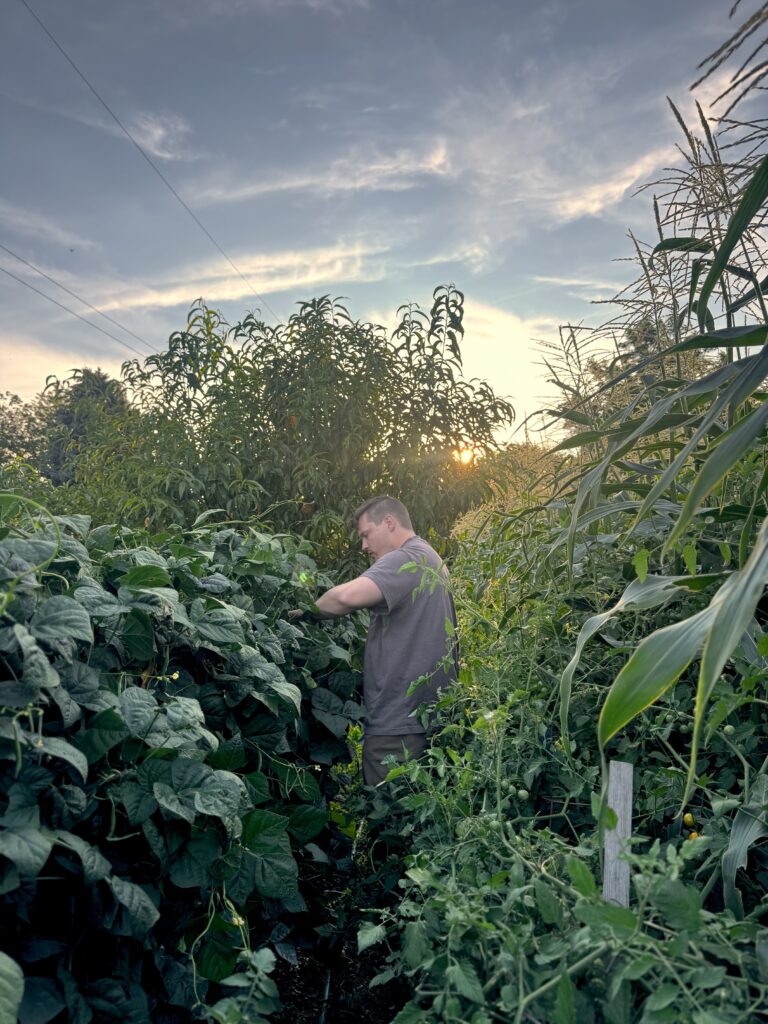
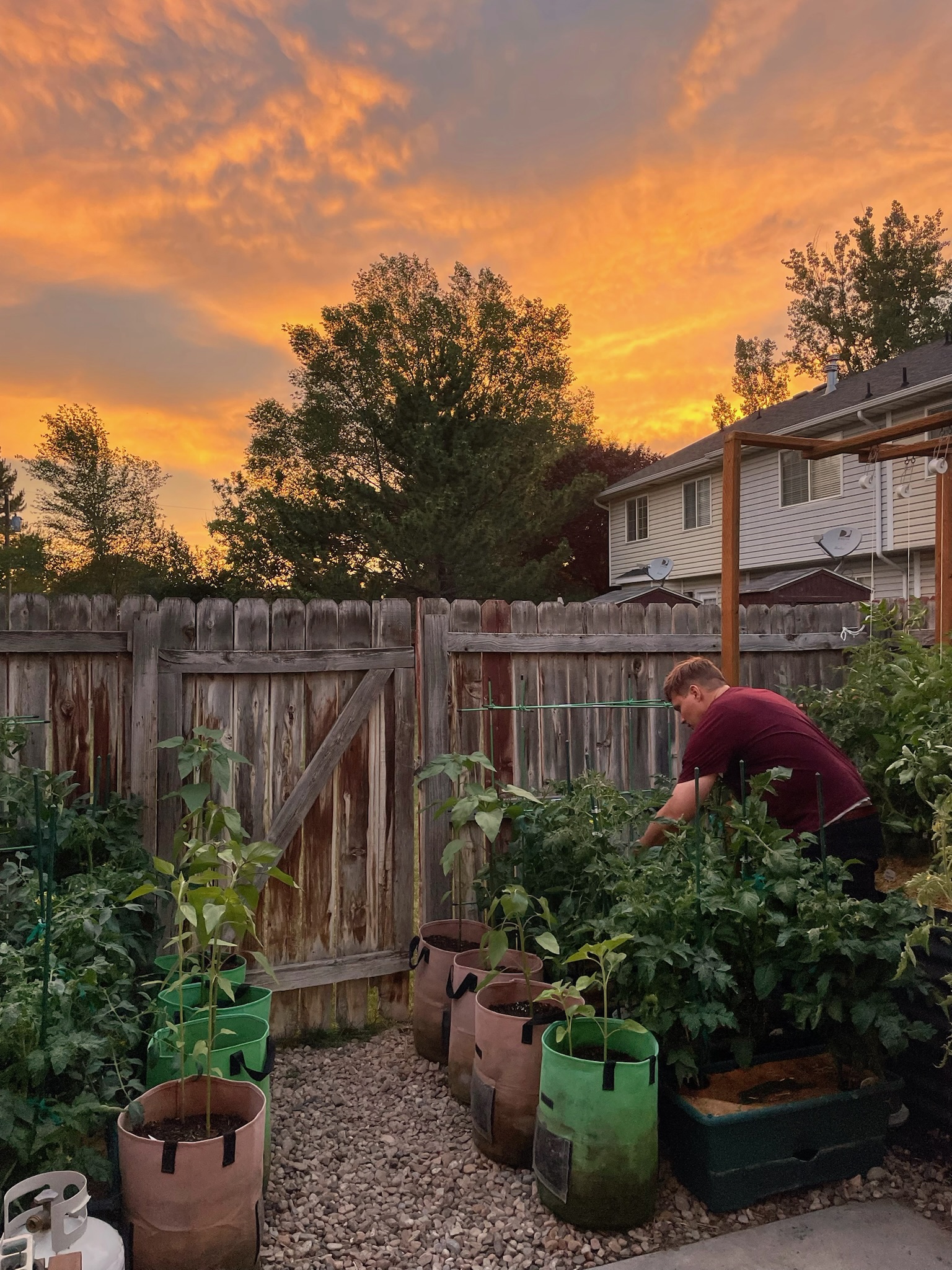



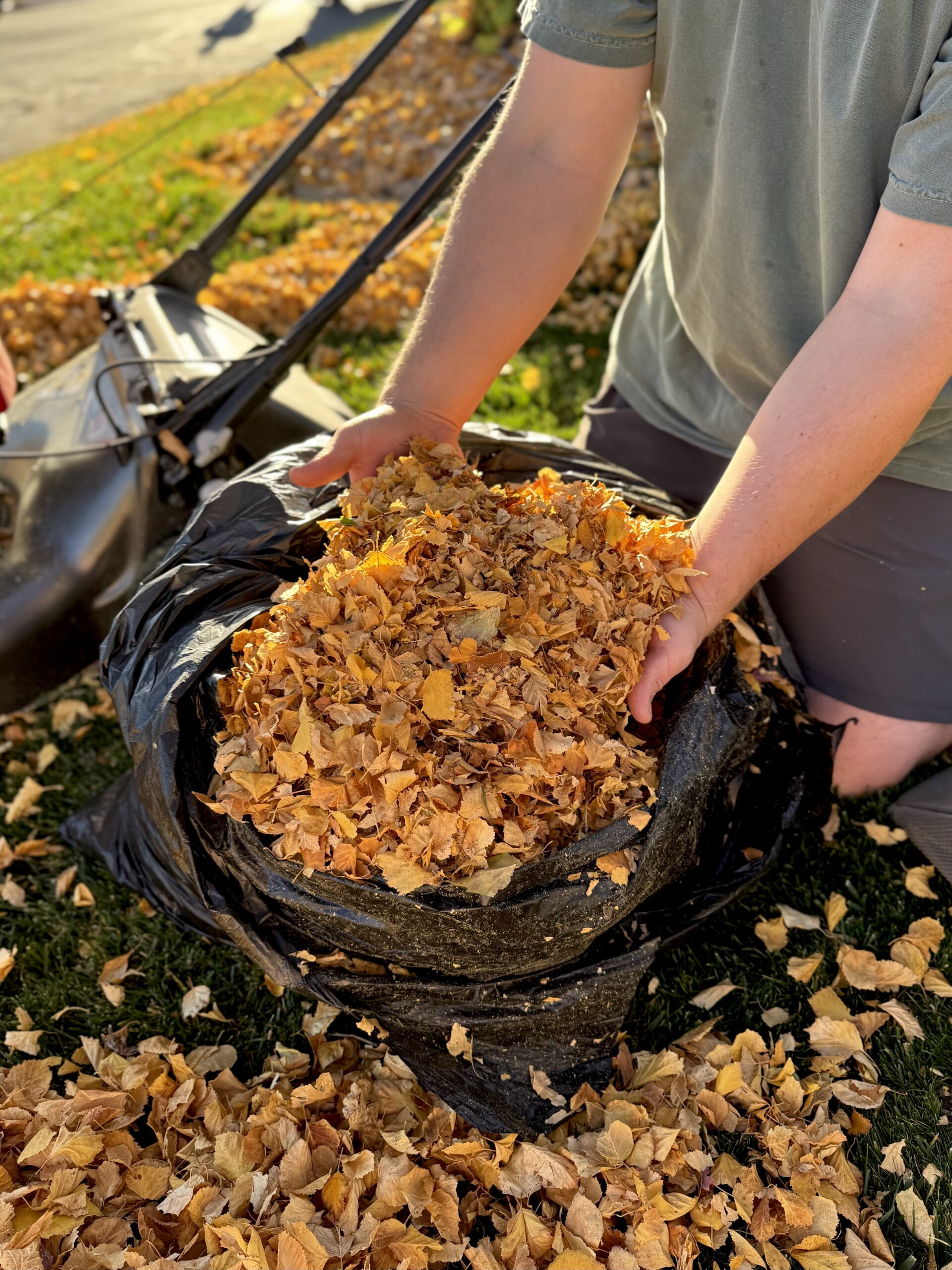
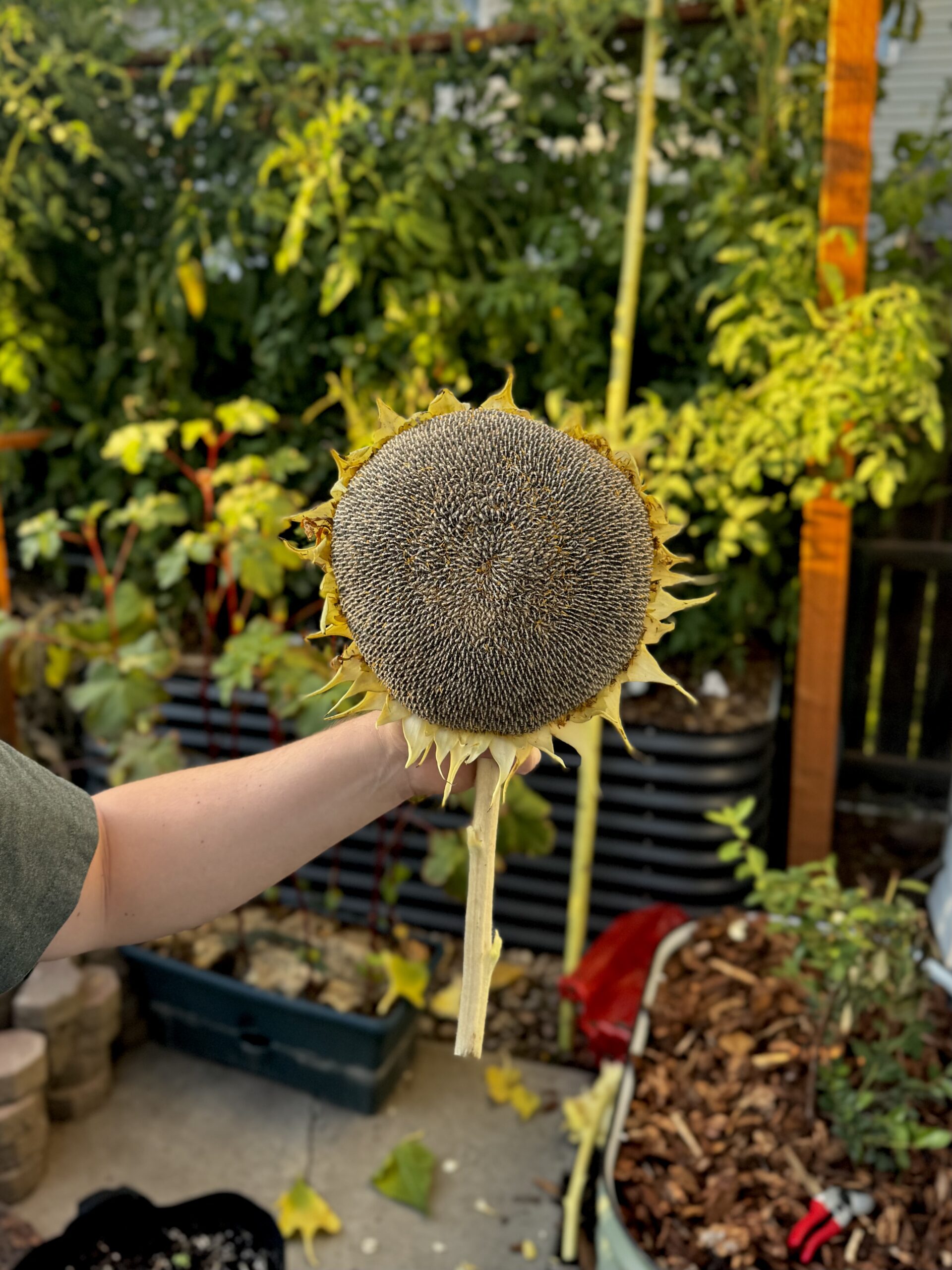
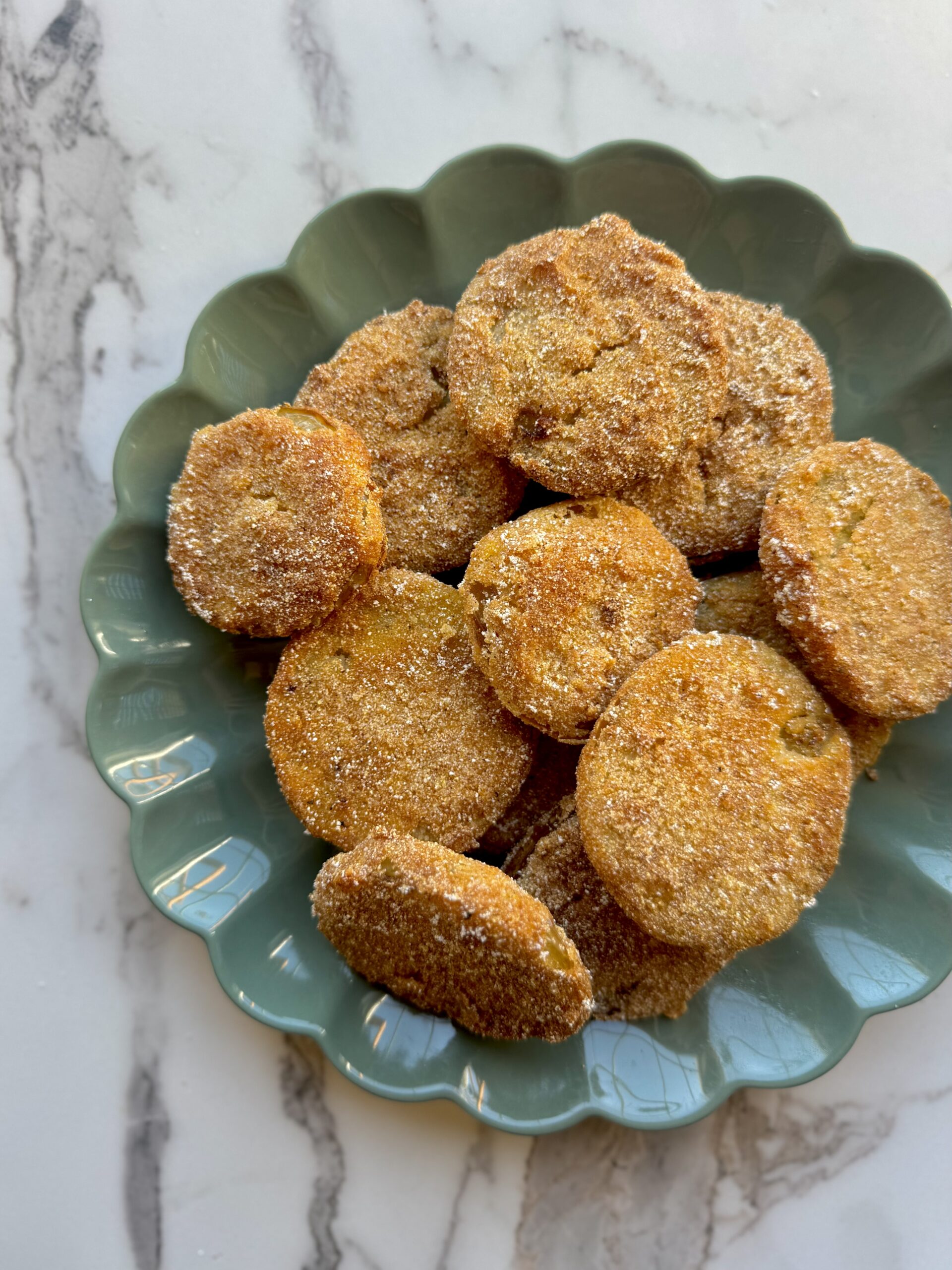
0 Comments